The demolition of Halnaby Hall is a warning from history, but destruction needn't always be a disaster
The loss of our great country houses is lamentable, but need not always spell doom. Lucy Denton of Bidwells – who has family connections to the infamously-demolished Halnaby Hall – explains.
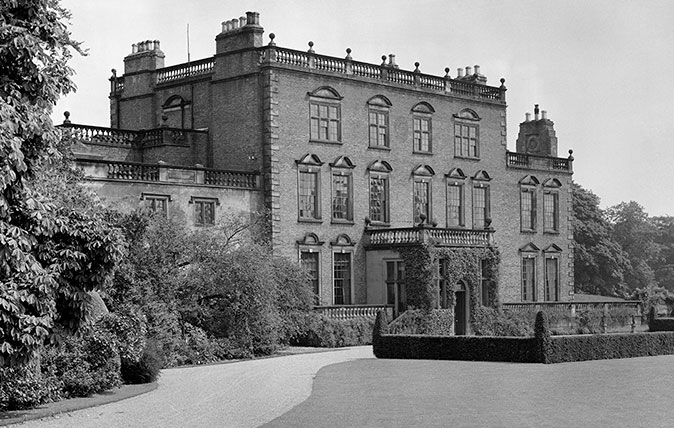

The wretched fate of Halnaby Hall, a 17th-century mansion in North Yorkshire, was depicted to gruesome effect on the cover of the 1974 The Destruction of the Country House, shown compellingly before and after its devouring by the wrecking ball.
The skeletal mess of timber frames and jagged plaster represented the worst of the archetypal demises of so many of these once-powerful domains.
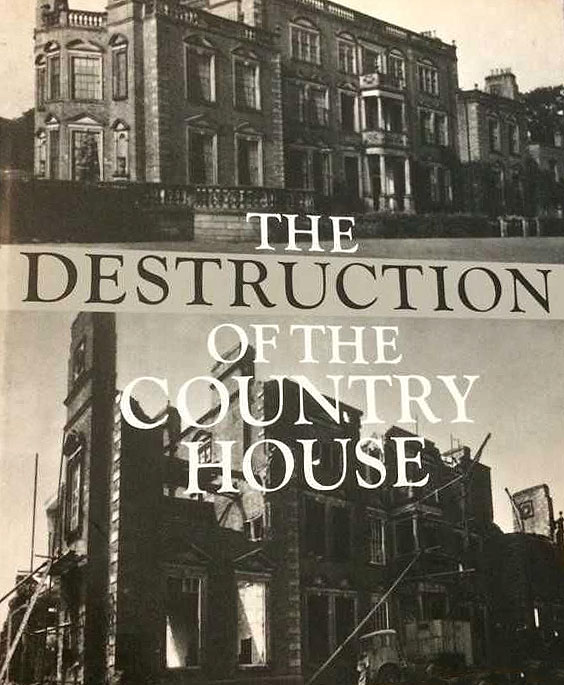
Formerly the seat of the Milbanke family, Halnaby was also renowned as the setting of Byron’s dismal honeymoon (disparagingly referred to as his ‘treaclemoon’) in 1815.
Recorded in folklore as by Inigo Jones (although it was built in 1661, nearly 10 years after his death), Halnaby was not alone in its unbecoming finale. It was destroyed, as with so many, by a drip-fed ruination, taking in the agricultural depression, World Wars, disruptions in ownership, emaciation of its estate and the rebuff of the National Trust.

Extraordinarily, in 1951, it was pronounced by North Riding County Council as of ‘no national, historical, or architectural interest’. Its last custodian, George Gregory, fought to save it as a country club, to no avail.
What was described in the sale details of 1852 – estate dwellings, plantation and more than 15,000 acres of land – had dwindled to almost nothing a century later. Amputated parts of the house were relocated; the entire dining room, for example, was ‘re-established’ at the Bridge Inn, on the A1 near Wetherby, and the Yorkshire Post, in 1952, reported the purchase of a fireplace by the Ministry of Works, ‘with ‘pineapple and dentilled cornice’, destined for Kensington Palace.
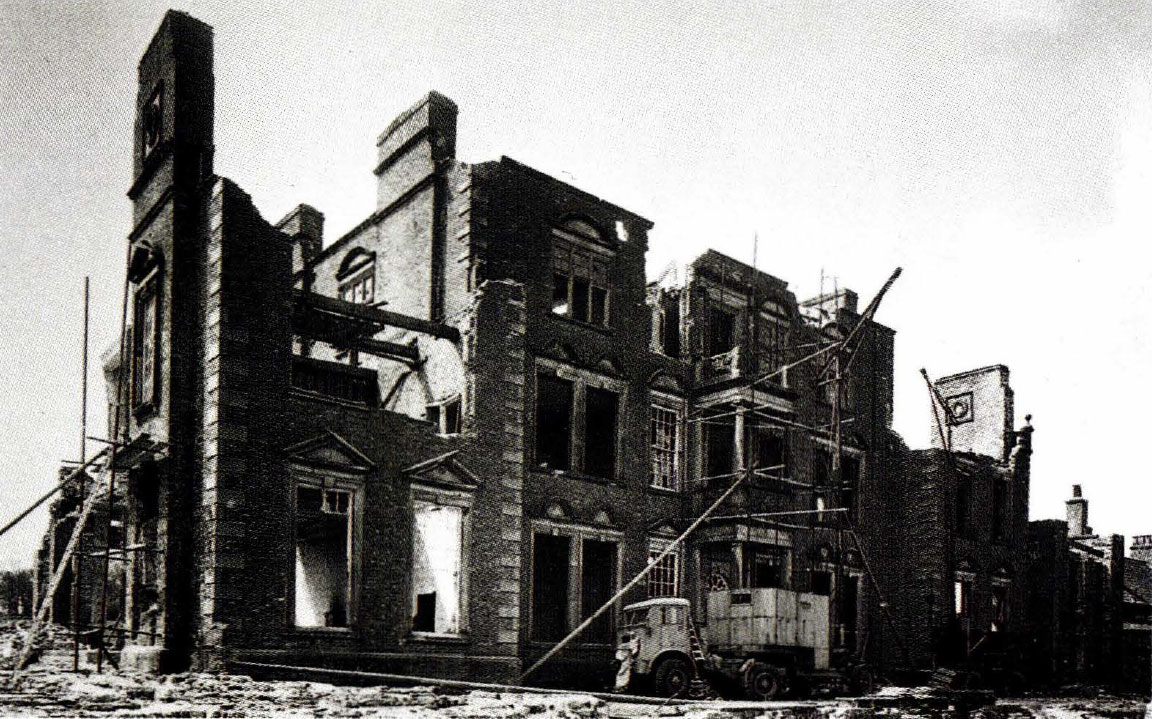
Halnaby was not the only one to be blown up, pulled down and cannibalised: hundreds of country houses were lost, predominantly in the first half of the 20th century. Such buildings and their estates are, despite modern planning and historic-building legislation and changes in perception, still occasionally vulnerable – Cowbridge House in Wiltshire was demolished as recently as 2007.
Sign up for the Country Life Newsletter
Exquisite houses, the beauty of Nature, and how to get the most from your life, straight to your inbox.
Less well known, however, are the effects on the hinterlands of these places when the mansion is gone.
The force of the house as the nucleus of its territory encompasses the landscapes and buildings beyond, defined by an identity, related by patronage, even distinguished via the prosaic, such as matching paint to doors and gutters of estate cottages – yellow for Cowdray, West Sussex, springs to mind, or the turquoise splashes around Chatsworth, Derbyshire. What remains must therefore deteriorate or flourish in tandem.
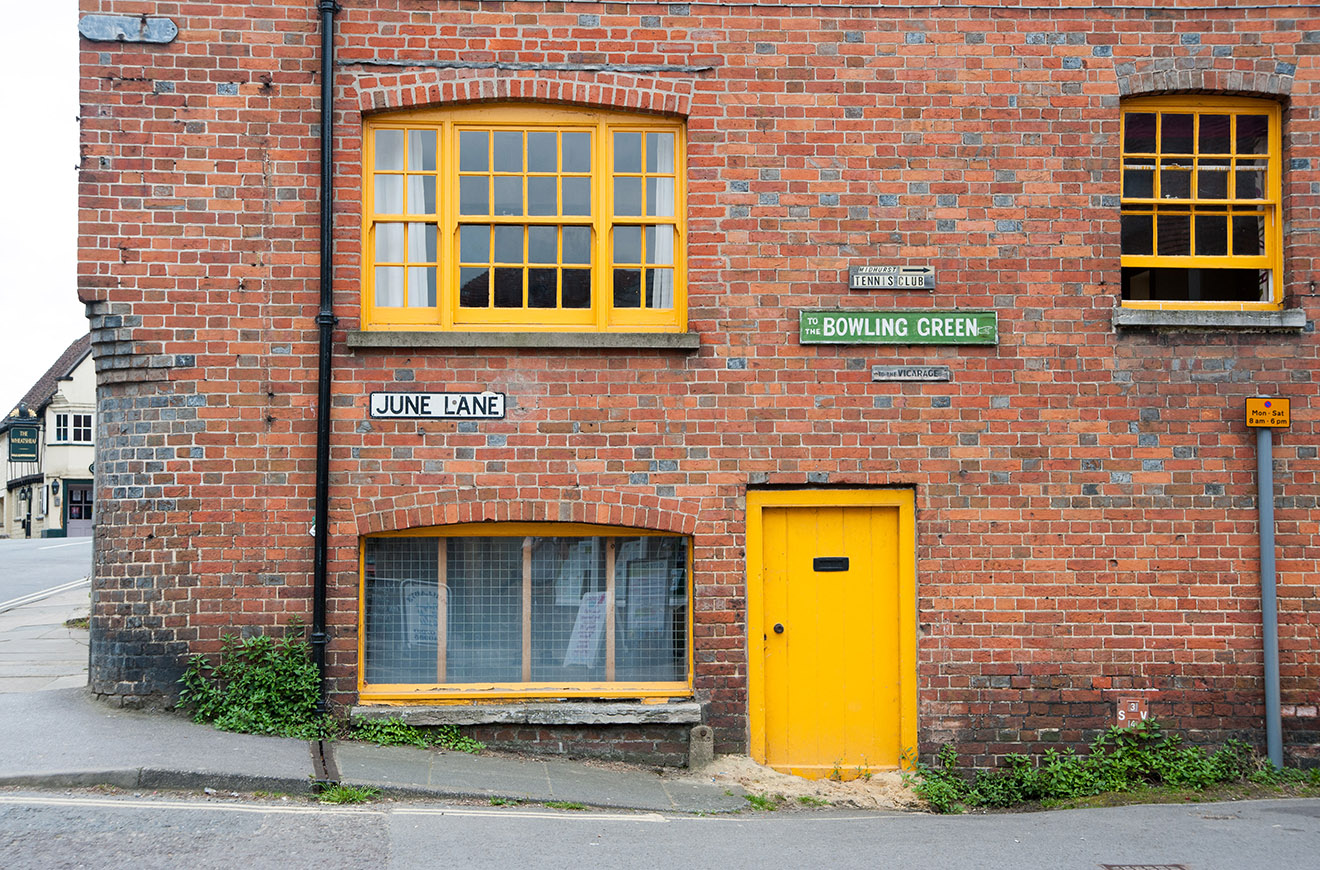
Prices of surviving properties are not always negatively impacted and greatly depend on location, according to Charlie Wells of Prime Purchase: ‘Very large houses require owners with deep pockets,’ he says, but the lack of the mansion doesn’t necessarily detract from the estate.’ Factors such as ‘proximity to London, beauty, even schools’ will offset any potential detriment. ‘Some may wish to construct a more manageable new country house,’ adds Mr Wells.
Although John Martin Robinson’s Felling the Ancient Oaks (2012) refers to instances in which the loss of the mansion lead to the piecemeal sale of estate buildings and their alteration and demolition, the desirability of estates without their houses remains strong. ‘If anything, it opens the marketplace,’ suggests James Brooke of Bidwells, ‘especially to commercial farming business and educational facilities’.
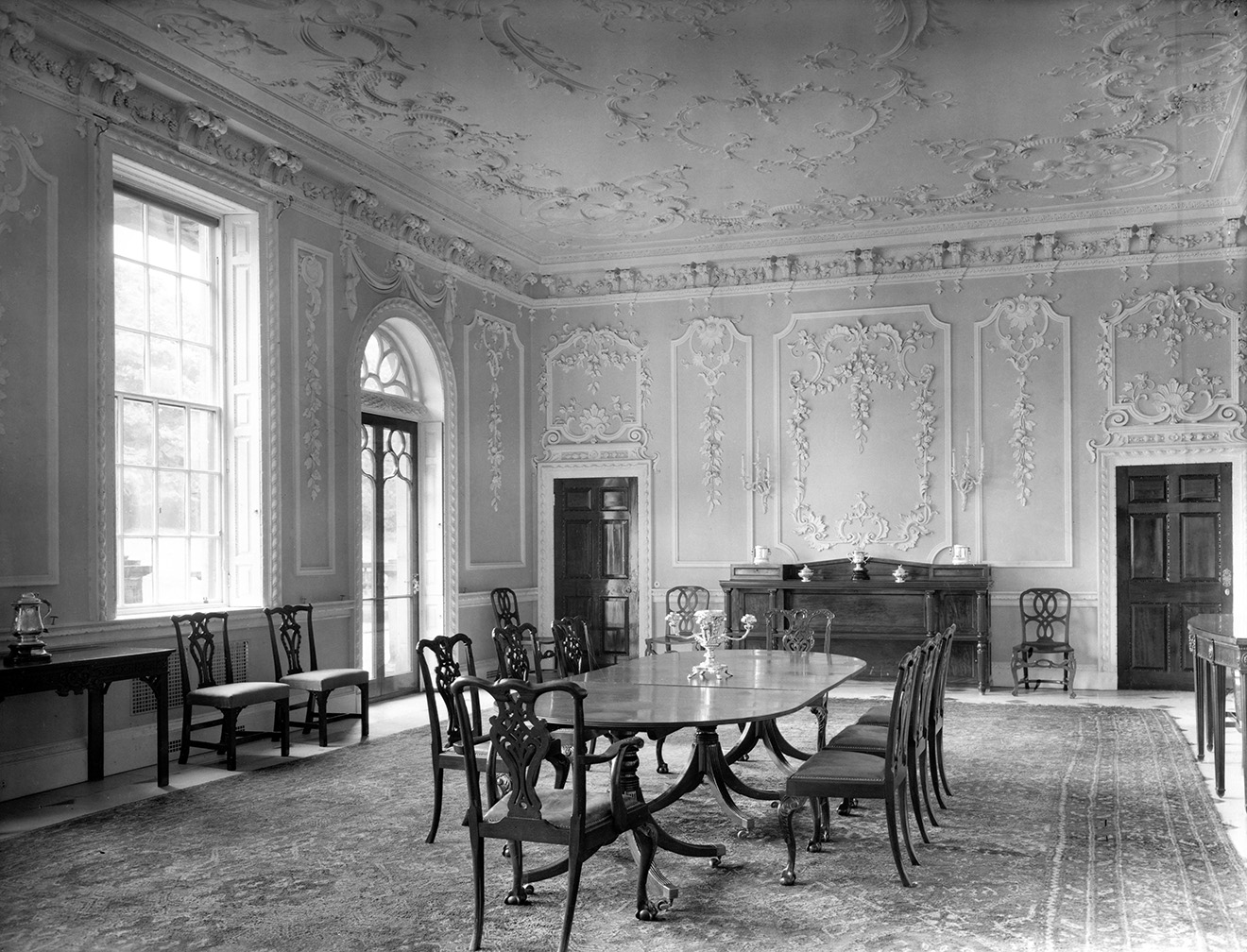
In 2015, Bidwells sold the Rushbrooke estate in Suffolk, including a village constructed in the 1960s. Despite the fact that its Jermyn-family-built house burnt down in 1961 when in the ownership of the Rothschilds, it sold very well. ‘Buyers want what they want,’ explains Mr Brooke. ‘Historical association doesn’t affect that.’
Mark McAndrew of Strutt & Parker says that, without a mansion, it’s the mix of components of what is left that’s vital, as well as location. ‘What is lost is the premium estate value.’
At Halnaby, the stables, rebuilt in 1911–12, are now a B&B and other surviving buildings prevail. The house that was there has become a curiosity, represented by snippets of its history, but, as elsewhere, whatever losses are in the past, the positive outlook is that what is departed doesn’t diminish what endures.
Lucy Denton is an associate in the Heritage and Research department at Bidwells. She has a family connection to George Gregory, the last owner of Halnaby Hall.
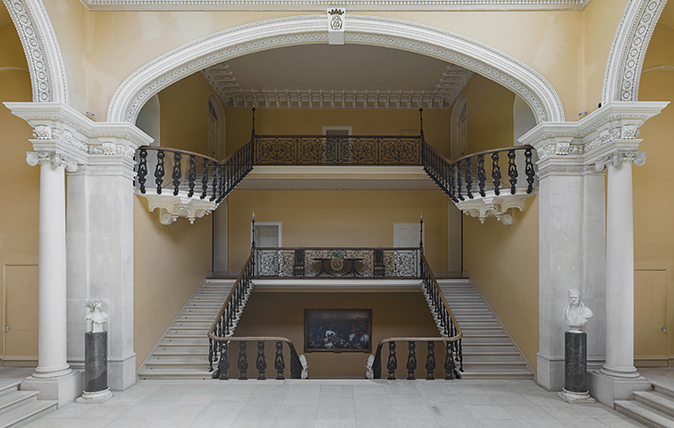
Marston House, Somerset: A magnificent example of Victorian enrichment of a great Georgian country house
One of the most important Georgian houses of south-western England has been rescued from the brink of demolition. John Robinson
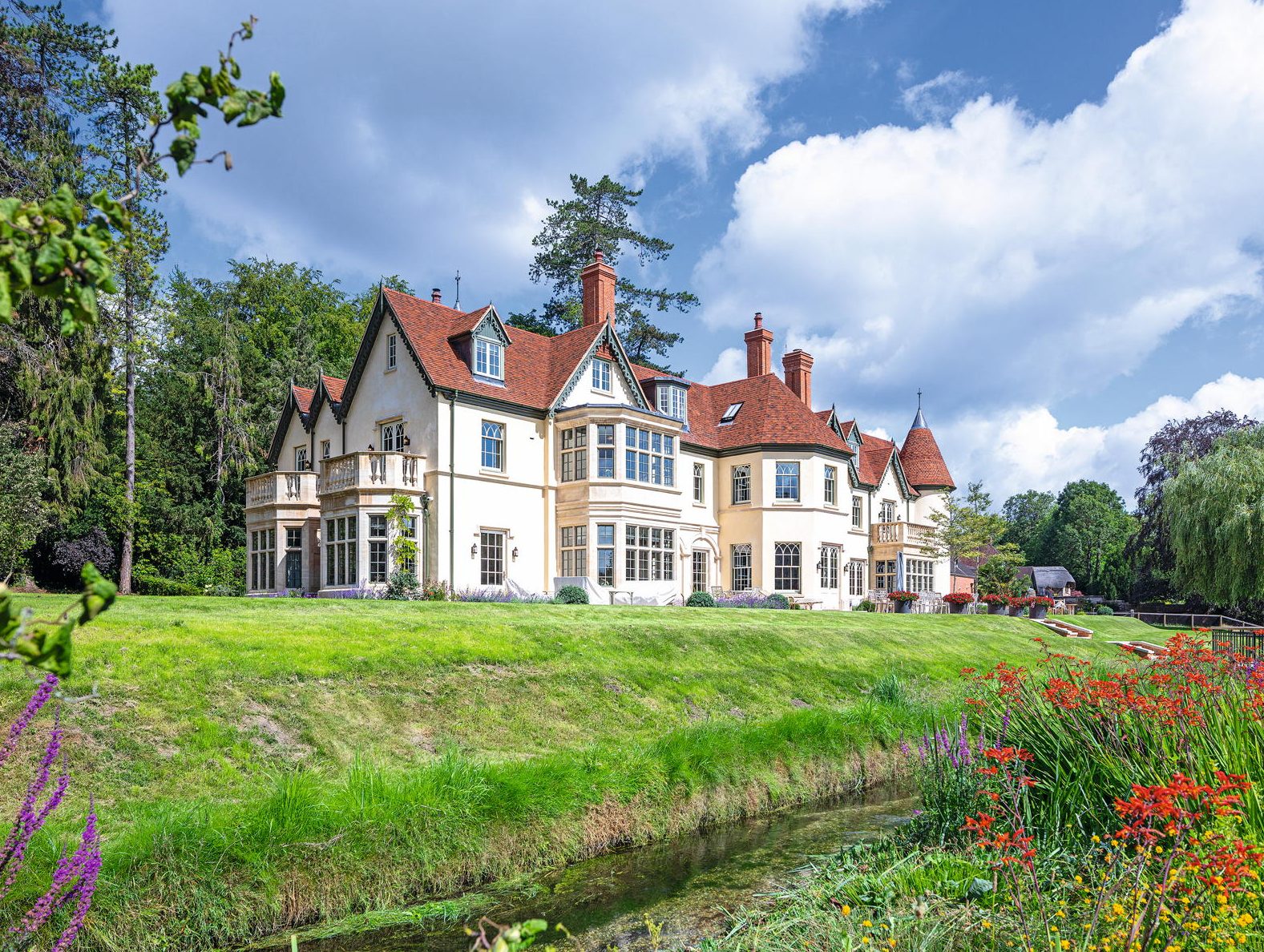
The best country house architects in Britain
Country Life has once again delved into its to update the list of the finest architects in Britain — an
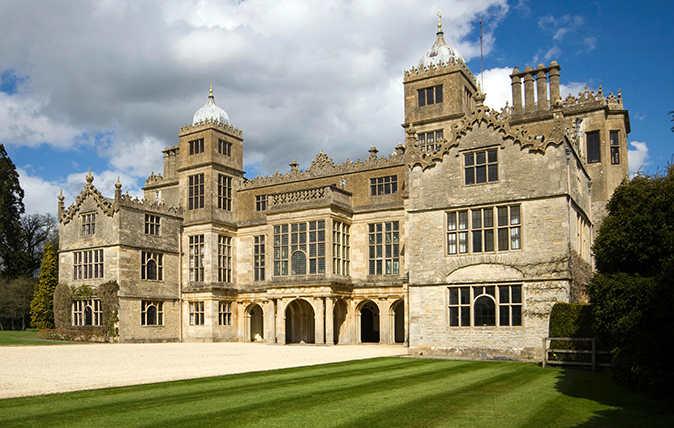
Credit: Alamy
Buying a listed building: The dos and don’ts you need to know
Buying a listed property in need of restoration is not for the faint of heart, but follow these few simple
Country Life is unlike any other magazine: the only glossy weekly on the newsstand and the only magazine that has been guest-edited by HRH The King not once, but twice. It is a celebration of modern rural life and all its diverse joys and pleasures — that was first published in Queen Victoria's Diamond Jubilee year. Our eclectic mixture of witty and informative content — from the most up-to-date property news and commentary and a coveted glimpse inside some of the UK's best houses and gardens, to gardening, the arts and interior design, written by experts in their field — still cannot be found in print or online, anywhere else.
-
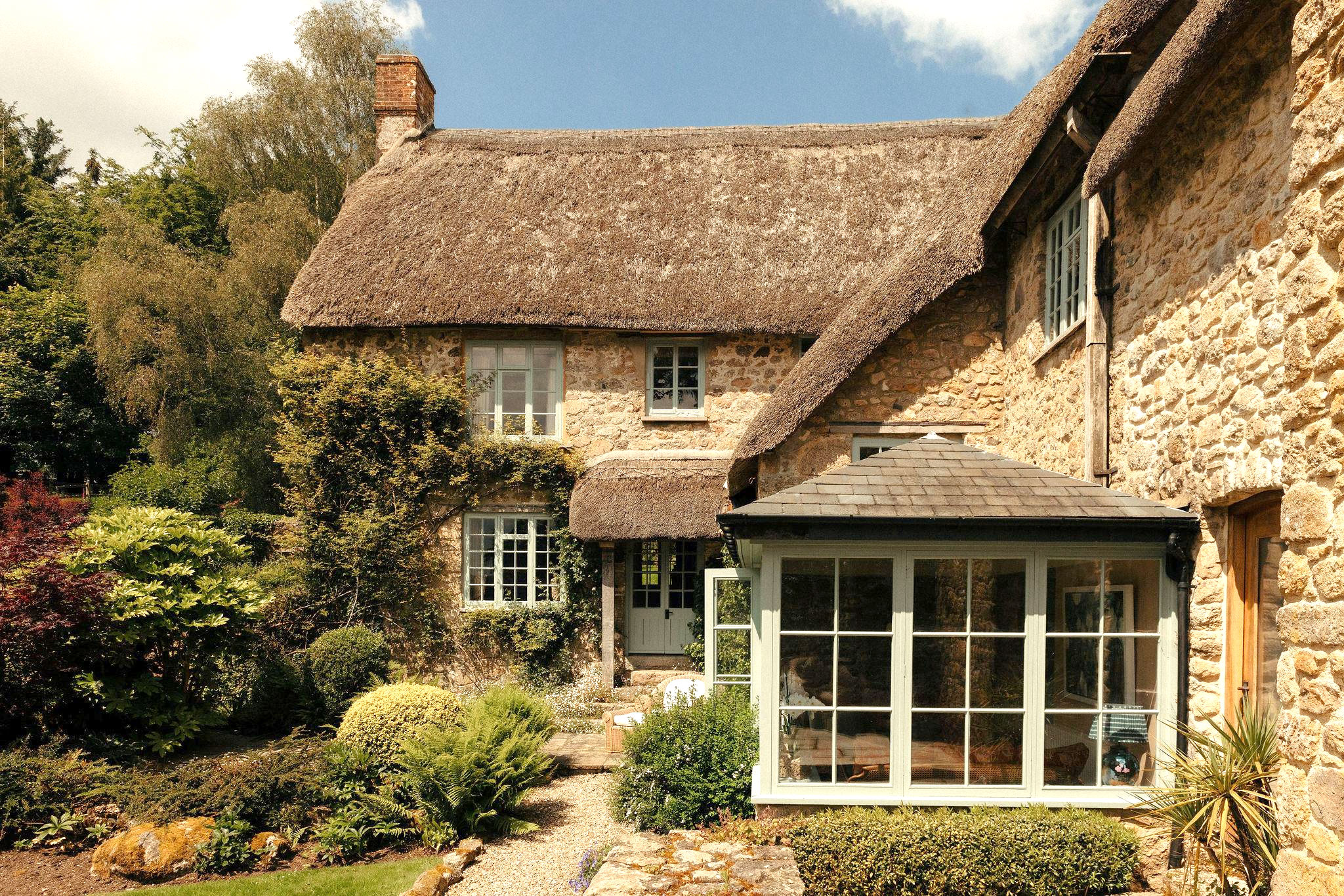 Five beautiful homes, from a barn conversion to an island treasure, as seen in Country Life
Five beautiful homes, from a barn conversion to an island treasure, as seen in Country LifeOur pick of the best homes to come to the market via Country Life in recent days include a wonderful thatched home in Devon and a charming red-brick house with gardens that run down to the water's edge.
By Toby Keel Published
-
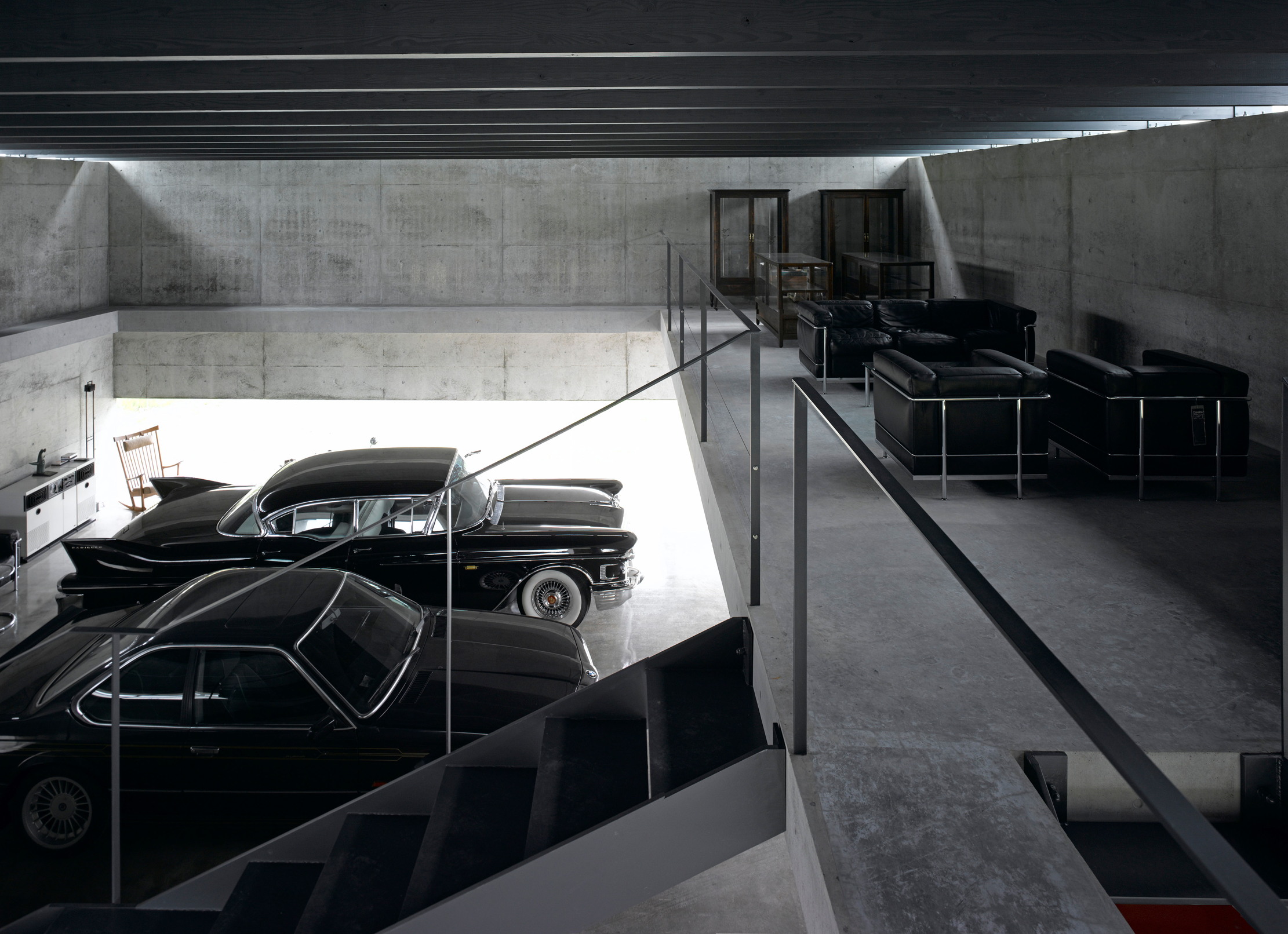 Shark tanks, crocodile lagoons, laser defences, and a subterranean shooting gallery — nothing is impossible when making the ultimate garage
Shark tanks, crocodile lagoons, laser defences, and a subterranean shooting gallery — nothing is impossible when making the ultimate garageTo collectors, cars are more than just transport — they are works of art. And the buildings used to store them are starting to resemble galleries.
By Adam Hay-Nicholls Published
-
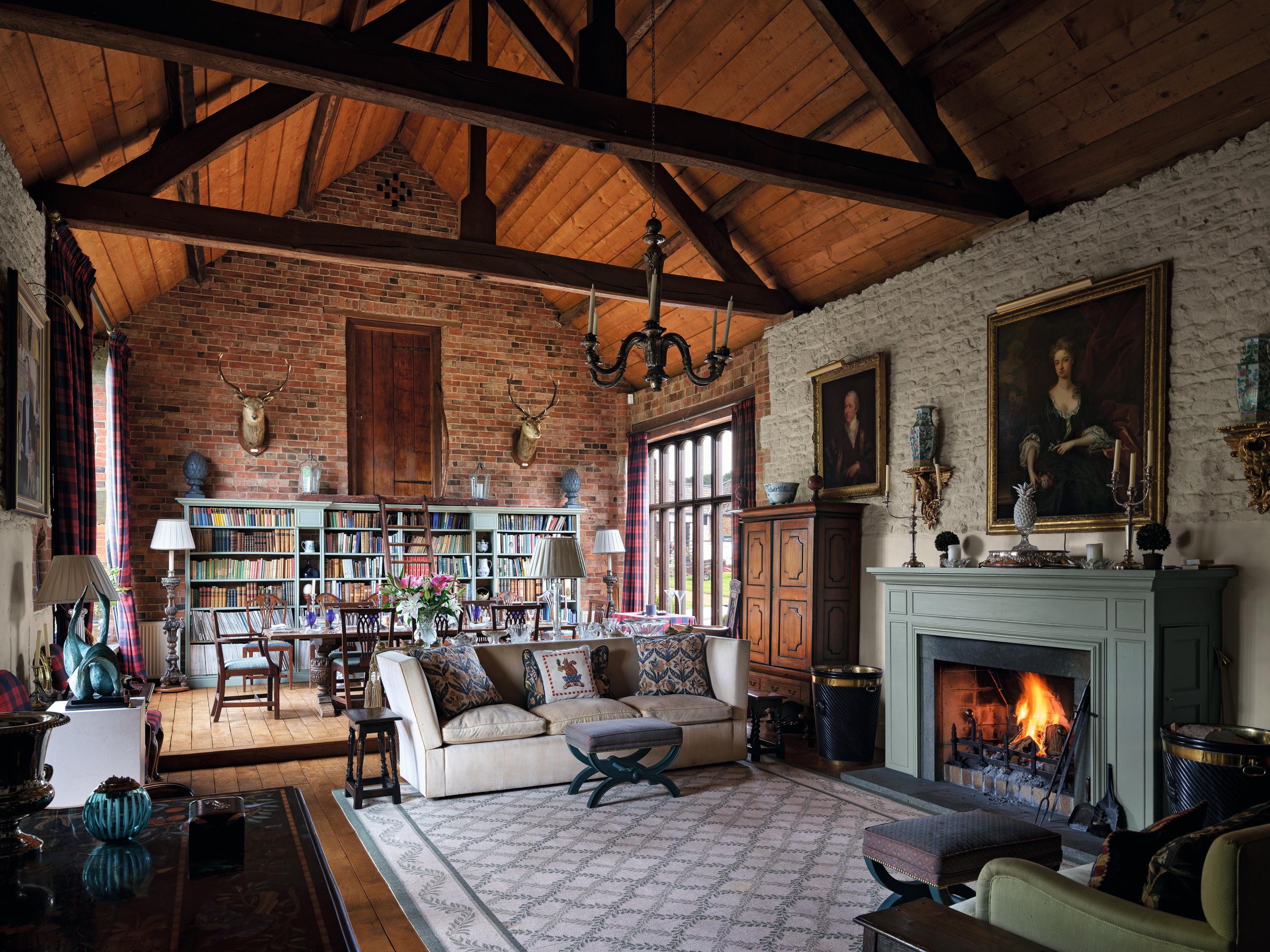 High Wardington House: A warm, characterful home that shows just what can be achieved with thought, invention and humour
High Wardington House: A warm, characterful home that shows just what can be achieved with thought, invention and humourAt High Wardington House in Oxfordshire — the home of Mr and Mrs Norman Hudson — a pre-eminent country house adviser has created a home from a 300-year-old farmhouse and farmyard. Jeremy Musson explains; photography by Will Pryce for Country Life.
By Jeremy Musson Published
-
 Sir Edwin Lutyens and the architecture of the biggest bank in the world
Sir Edwin Lutyens and the architecture of the biggest bank in the worldSir Edwin Lutyens became the de facto architect of one of Britain's biggest financial institutions, Midland Bank — then the biggest bank in the world, and now part of the HSBC. Clive Aslet looks at how it came about through his connection with Reginald McKenna.
By Clive Aslet Published
-
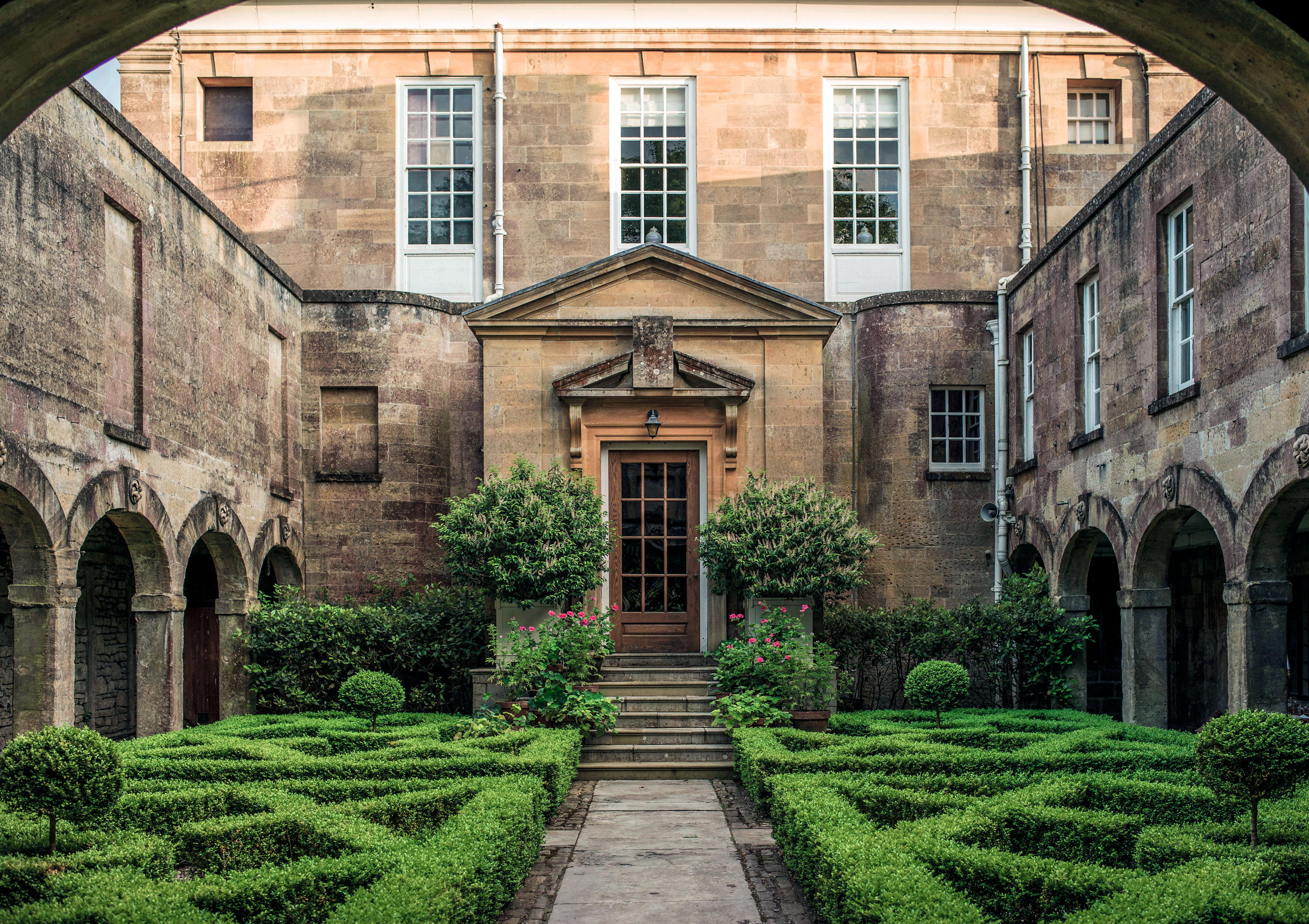 'There are architects and architects, but only one ARCHITECT': Sir Edwin Lutyens and the wartime Chancellor who helped launch his stellar career
'There are architects and architects, but only one ARCHITECT': Sir Edwin Lutyens and the wartime Chancellor who helped launch his stellar careerClive Aslet explores the relationship between Sir Edwin Lutyens and perhaps his most important private client, the politician and financier Reginald McKenna.
By Clive Aslet Published
-
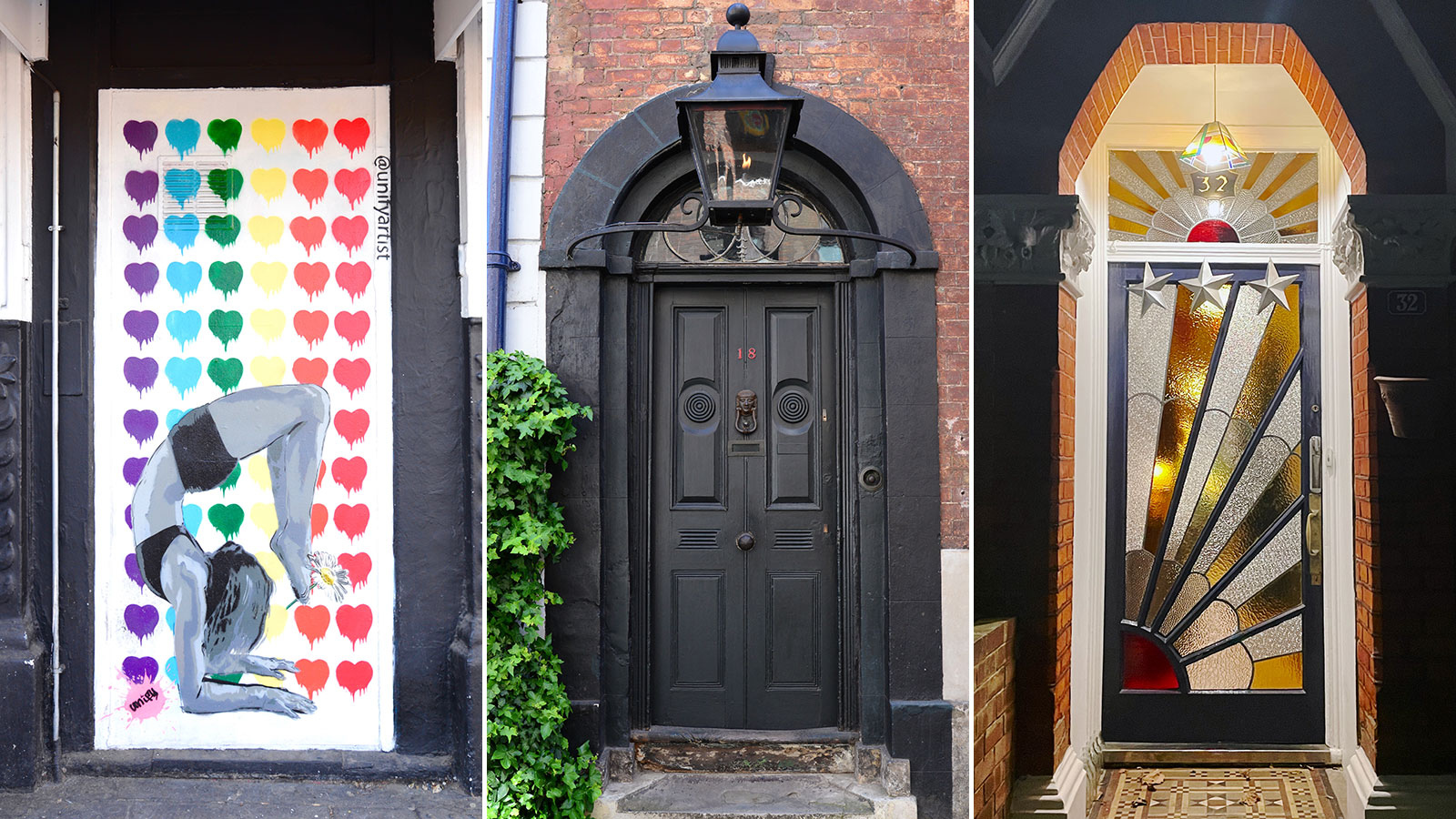 Cath Harries — The photographer on a 15-year quest to find the most incredible doors in London
Cath Harries — The photographer on a 15-year quest to find the most incredible doors in LondonBy Toby Keel Published
-
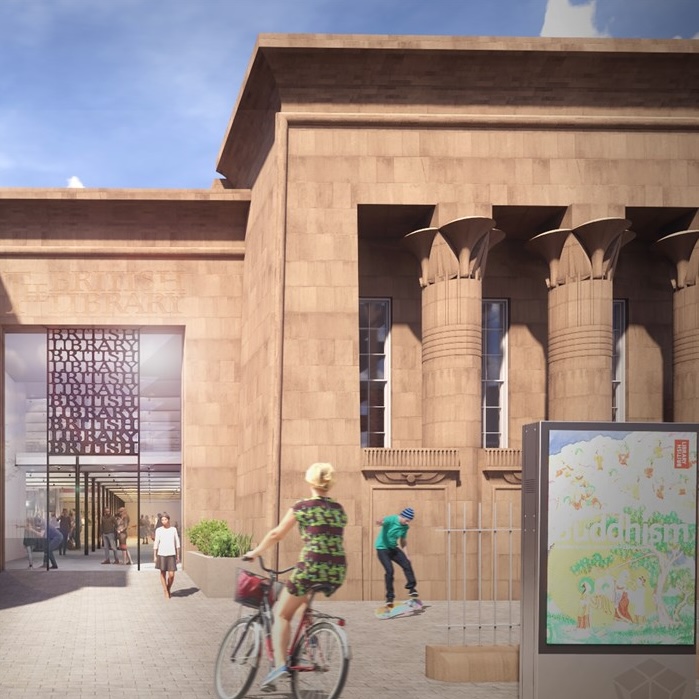 The extraordinary Egyptian-style Leeds landmark hoping to become a second British Library — and they used to let sheep graze on the roof
The extraordinary Egyptian-style Leeds landmark hoping to become a second British Library — and they used to let sheep graze on the roofThe project has been awarded £10million from the Government, but will cost £70million in total.
By Annunciata Elwes Published
-
 Art, architecture and plastic bricks at Lego House: 'It's as if the National Gallery set up easels and paints next to the masterpieces and invited you try your hand at creating a Van Gogh'
Art, architecture and plastic bricks at Lego House: 'It's as if the National Gallery set up easels and paints next to the masterpieces and invited you try your hand at creating a Van Gogh'The rural Danish town where Lego was created is dominated by the iconic toy — and at Lego House, it has a fittingly joyful site of pilgrimage. Toby Keel paid a visit.
By Toby Keel Published
-
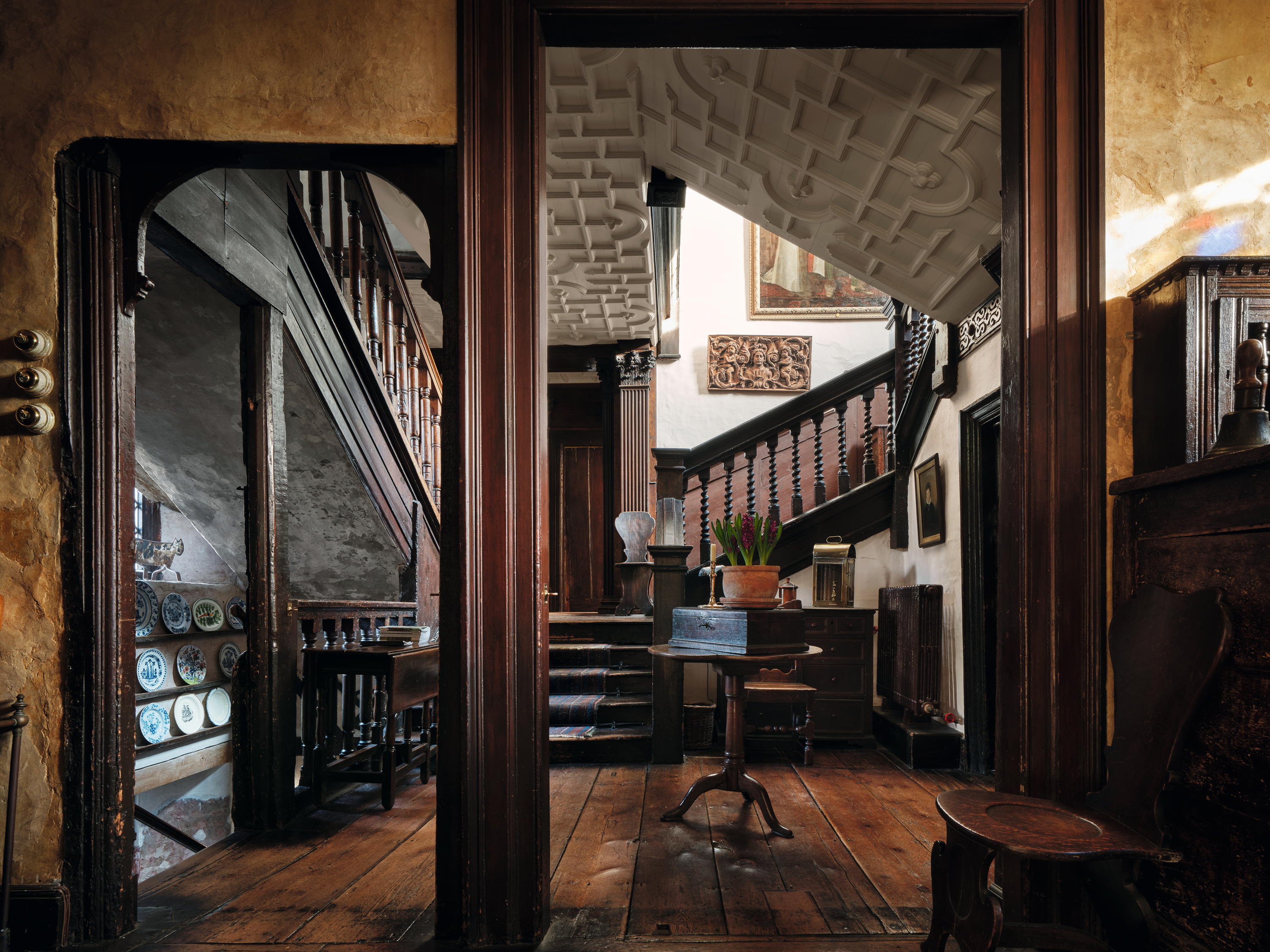 Restoration House: The house in the heart of historic Rochester that housed Charles II and inspired Charles Dickens
Restoration House: The house in the heart of historic Rochester that housed Charles II and inspired Charles DickensJohn Goodall looks at Restoration House in Rochester, Kent — home of Robert Tucker and Jonathan Wilmot — and tells the tale of its remarkable salvation.
By John Goodall Published
-
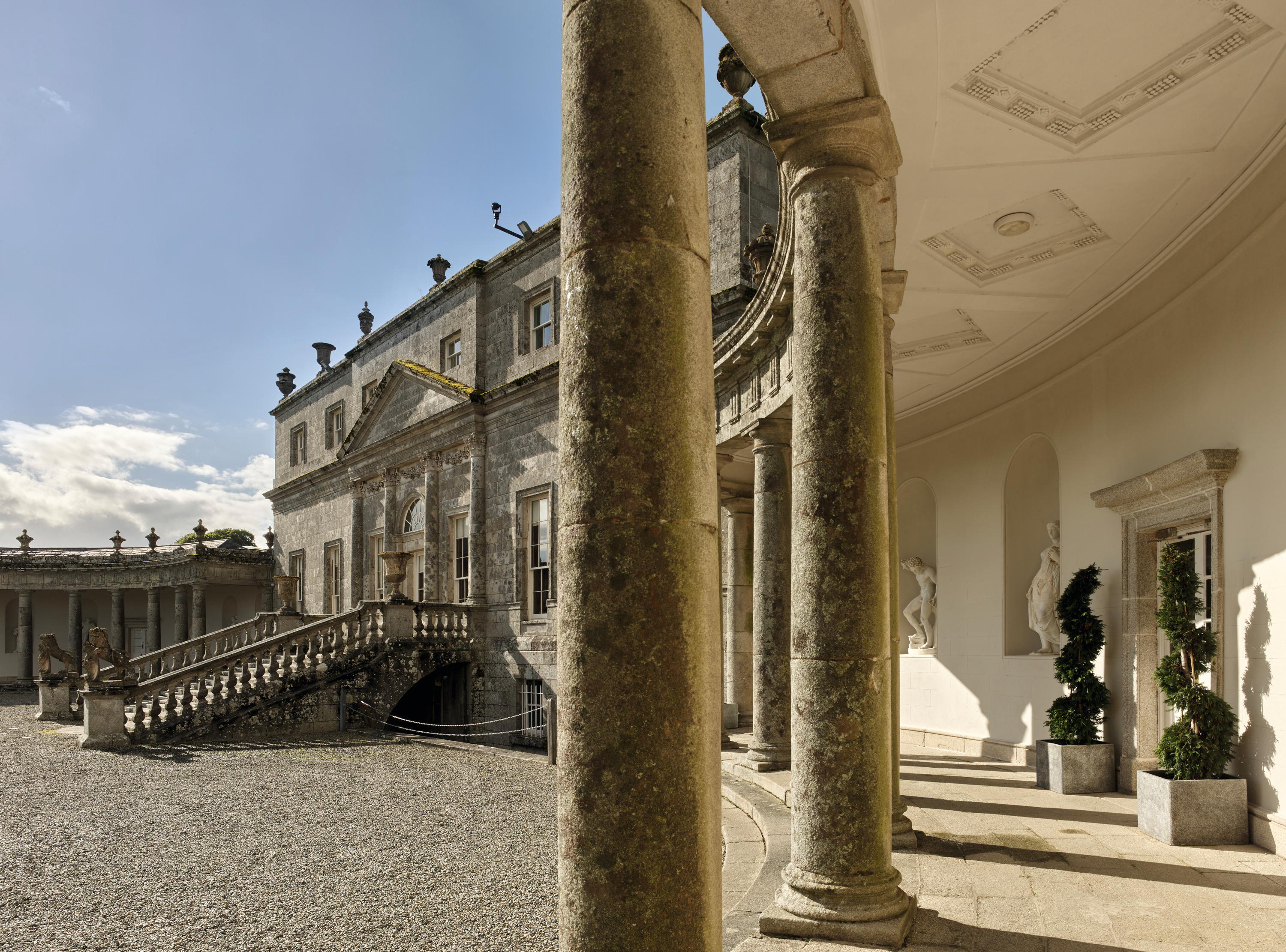 'A glimpse of the sublime': Inside the drawing room of the 'grandest Palladian house in Ireland'
'A glimpse of the sublime': Inside the drawing room of the 'grandest Palladian house in Ireland'The redecoration of the drawing room at Russborough House in Co Wicklow, Ireland, offers a fascinating insight into the aesthetic preoccupations of Grand Tourism in the mid 18th century. John Goodall explains; photography by Paul Highnam for Country Life.
By John Goodall Published